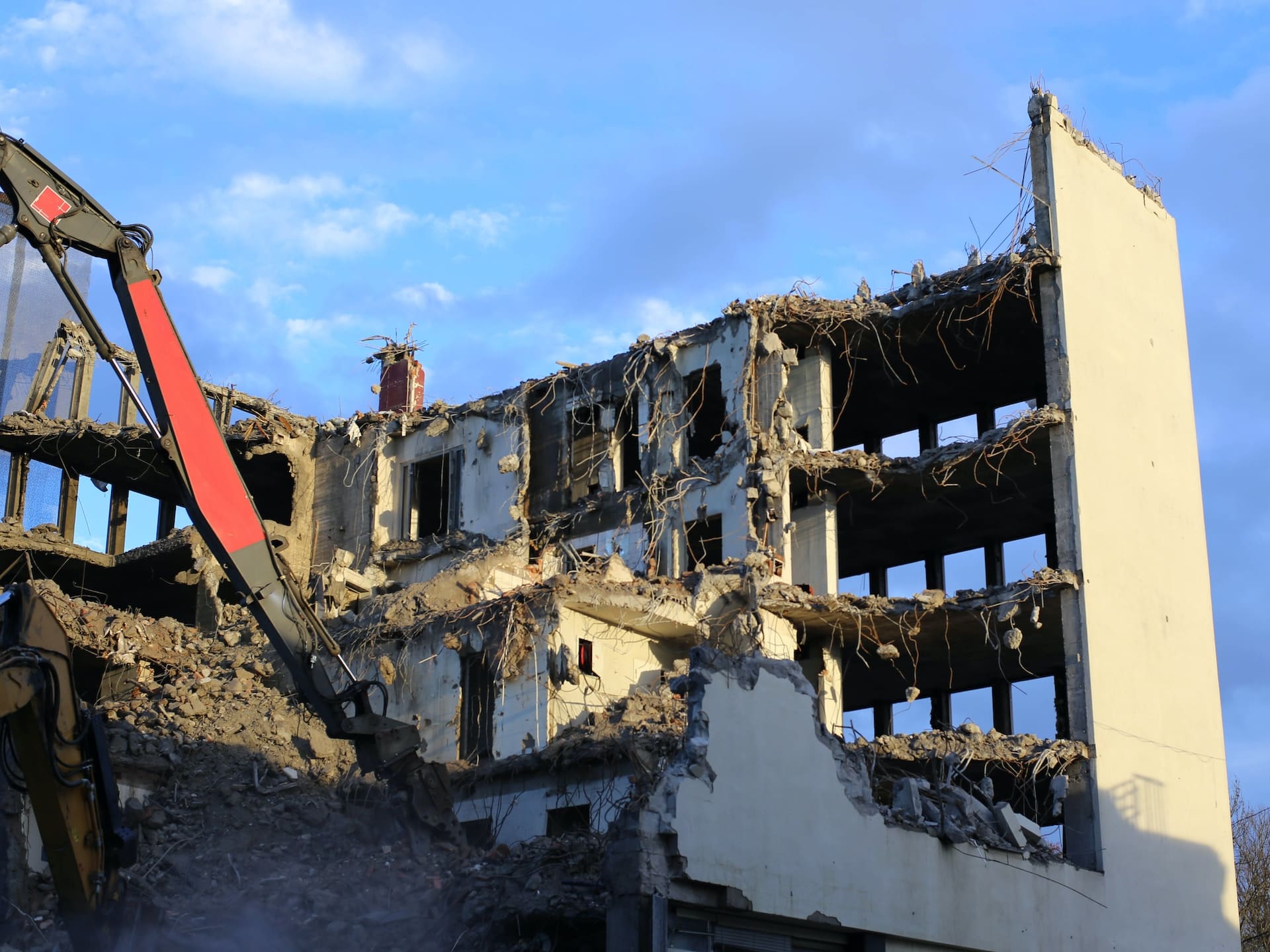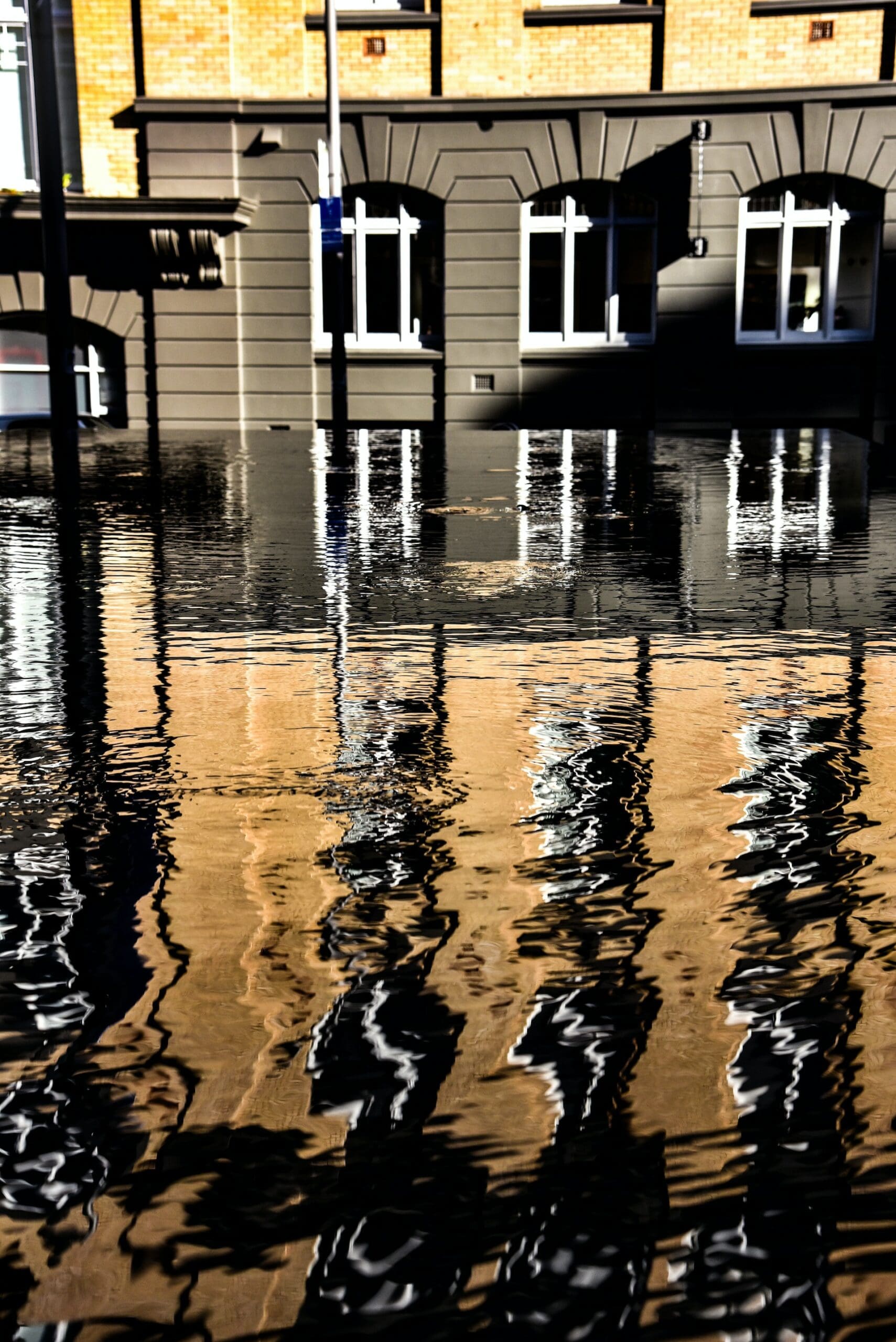When disaster strikes and your residence suffers from damage, it is crucial to contact professionals who specialize in disaster restoration. Experts equipped with a wide array of tools and equipment can effectively restore your property and ensure your safety. In this article, we will explore in detail the essential tools and equipment used by disaster restoration professionals, shedding light on their importance in the restoration process.
Moisture Detection Tools
One of the first and most critical steps in disaster restoration is identifying areas of moisture and water damage. Moisture detection tools, such as moisture meters and thermal imaging cameras, play a vital role in this process. These advanced tools allow professionals to accurately assess the extent of water damage, locate hidden moisture pockets behind walls or under floors, and prevent further structural issues. By identifying and addressing moisture problems early on, disaster restoration experts can mitigate the risk of mold growth, wood rot, and other long-term consequences of water damage.
Extraction and Drying Equipment
Once the affected areas have been identified, disaster restoration professionals employ a range of advanced extraction and drying equipment to remove water and moisture effectively. Industrial-grade pumps, wet vacuums, and dehumidifiers are among the primary tools used in this process. Industrial pumps are capable of quickly removing large volumes of standing water, while wet vacuums extract excess moisture from surfaces such as carpets and upholstery. Dehumidifiers then help to lower the humidity levels in the affected space, promoting faster and more thorough drying. By utilizing this combination of equipment, professionals can prevent further damage, including the growth of mold and the deterioration of structural elements.
Air Quality Monitoring Devices
In disaster restoration, ensuring a safe and healthy indoor environment is of utmost importance. To achieve this, professionals utilize air quality monitoring devices. These devices measure various factors, including humidity levels, temperature, and airborne contaminants. By continuously monitoring the air quality throughout the restoration process, professionals can promptly identify and address any potential health hazards. For example, high humidity levels can create an ideal environment for mold growth, while airborne contaminants may pose respiratory risks. By identifying and addressing these issues, disaster restoration experts can take necessary steps to maintain a clean, dry, and breathable environment.
Structural Drying Equipment
Water damage can compromise the structural integrity of a building, leading to severe consequences if not properly addressed. To mitigate this risk, disaster restoration experts employ specialized structural drying equipment. Powerful air movers, also known as blowers or fans, are used to create airflow and facilitate the drying process of walls, ceilings, and floors. These air movers help to evaporate moisture from structural elements and materials, preventing them from becoming saturated and weakened. Additionally, specialized drying mats are used to extract moisture from hard-to-reach areas, such as under flooring or behind walls. By utilizing these tools, professionals can effectively prevent structural weakening and minimize the need for extensive repairs, ultimately saving both time and money.
Cleaning and Sanitization Tools
In addition to addressing water damage, disaster restoration professionals focus on thorough cleaning and sanitization of affected areas. This crucial step involves the use of professional-grade cleaning solutions, disinfectants, and specialized equipment such as fogging machines. These tools not only restore the appearance of the property but also eliminate potential health hazards. For example, after a flood or sewage backup, thorough cleaning and sanitization are essential to remove bacteria, viruses, and other contaminants that may pose health risks. By utilizing specialized cleaning and sanitization tools, disaster restoration experts can ensure a safe and healthy living environment for you and your family.
Conclusion
When your residence suffers from damage, whether due to water, fire, or other disasters, it is essential to contact professionals specializing in disaster restoration. Equipped with a wide range of tools and equipment, these experts can effectively restore your property, safeguard your health, and minimize further damage. From moisture detection tools to extraction and drying equipment, air quality monitoring devices, structural drying equipment, and specialized cleaning tools, each tool plays a crucial role in the restoration process. Remember, timely intervention by professionals is key to a successful restoration process that ensures the safety and well-being of your home.
As a new home owner, I couldn’t have asked for a better company. Lou and his team made my hard situation an easy and stress…Read More » a month ago via Google Alisha T We recently had major water damage in our home, affecting the entire kitchen, dining room, and basement. Louis from Upper Restoration showed up quickly, assessed…Read More » 2 months ago via Google Cathy Choi We recently sustained some damage to our roof and our central air system due to a storm. Upper Restoration had to open our ceiling to…Read More » 2 months ago via Google Chimere Luke I had the pleasure of working with Upper Restoration and their incredible team during a recent project for my home after a flood, and I…Read More » 8 months ago via Google Lewis James Lirosi


